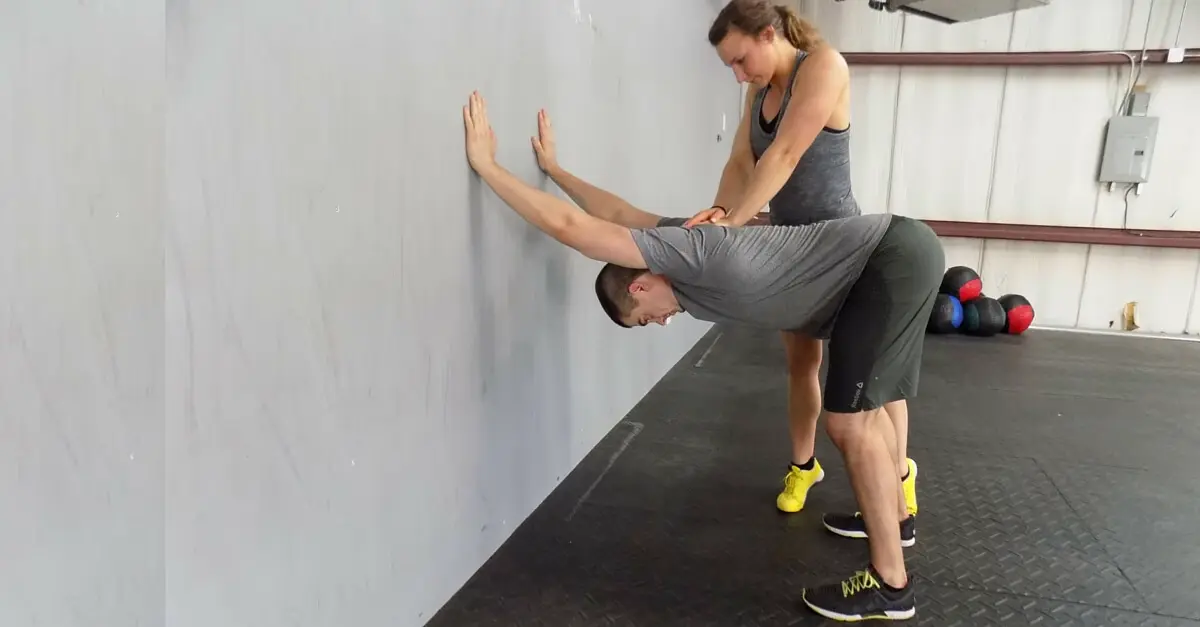Ever notice your upper back feeling tight or stiff after a long day of sitting or working out? That’s often your thoracic spine acting up. But what even is thoracic mobility, and why does it matter so much? At Revolution Rehab, we want to help you understand this better and show you how improving that upper back movement can make a huge difference in how you feel every day.
So, What’s This Thoracic Mobility Stuff Anyway?
Your thoracic spine is the middle part of your back — basically from the base of your neck down to your lower ribs. It’s made up of 12 vertebrae and plays a big role supporting your ribcage and letting your upper body twist and bend.
When that part gets stiff or tight, it can cause pain or discomfort. You might notice tightness between your shoulder blades, neck pain, or even trouble reaching or twisting. It also messes with your posture, which can make everything feel worse.
Why Does Your Thoracic Spine Get Stiff?
A lot of times, it’s just how we live — sitting at desks, working on computers, or driving for hours. All that time hunched over can make those muscles and joints in your upper back tighten up.
Injuries or accidents can also lead to stiffness. Maybe you took a fall or had a sports injury, and now that area just doesn’t move like it used to.
Other times, conditions like arthritis or disc problems can play a role, plus lifestyle factors like stress, sleeping in awkward positions, or carrying heavy bags on one side.
How Do You Know If Your Thoracic Mobility Needs Work?
If twisting your upper body feels tough, or you get tightness between your shoulder blades regularly, that’s a sign. You might also notice neck pain or even headaches from poor posture or tightness.
If you’re feeling numbness, tingling, or sharp pain, that’s a red flag to see a professional ASAP.
How We Figure Out What’s Going On
At Revolution Rehab, we’ll chat with you about your pain and lifestyle, then check how your upper back moves. This helps us see where the stiffness is coming from.
If needed, we’ll suggest scans or tests to rule out serious stuff, but usually, restricted thoracic mobility is something we can fix with the right therapy and exercises.
How Do You Fix Thoracic Mobility?
The good news? There’s a bunch you can do. We use gentle hands-on techniques to loosen tight joints and muscles. Plus, we’ll show you easy exercises to stretch and strengthen your upper back so you can move better.
Sometimes heat therapy or other pain relief methods help too, especially if things are sore or inflamed.
The key is to stick with it — regular movement and the right care make all the difference.
What Can You Do at Home?
Try not to sit in the same spot too long — take breaks and stretch your upper back. Sitting up straight helps tons, too, even if it feels weird at first.
Some simple moves like gentle twists or rolling on a foam roller can ease tightness. And don’t forget to check your sleeping setup; good pillows and mattresses help keep your spine happy.
How to Keep Your Thoracic Spine Feeling Good Long-Term
After you start feeling better, it’s all about keeping it that way. Staying active with the right exercises and paying attention to your posture can stop stiffness from coming back.
We’ll help you create a plan that fits your life, so you keep moving well and avoid getting stuck in that stiff, sore cycle.
Ready to Move Better? Revolution Rehab Is Here for You
Don’t let a tight upper back slow you down or keep you in pain. At Revolution Rehab, we get it — and we want to help you feel good again.
If you’re dealing with stiffness, pain, or just want to move easier, book a consultation with us today. We’re ready to work with you and get your thoracic mobility back on track.


